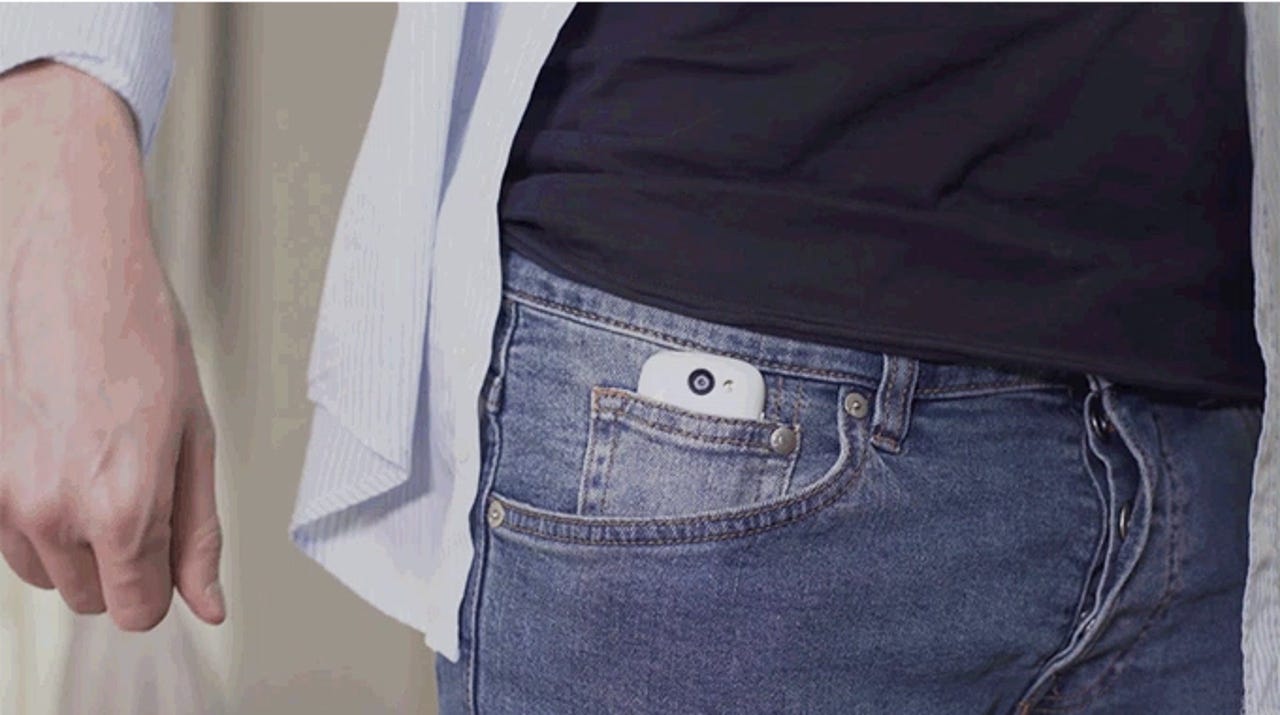Get small: The smartphone market may be shrinking -- literally


Is that a phone in your pocket? (Image: Unihertz)
As a product analyst, I am not a fan of Kickstarter projects. Many of them tend to be all talk and no walk. So you'll rarely find me discussing a Kickstarter-based project until long after its been funded and has made it into manufacturing.
WWDC 201
This time, it's different. I'm looking at a very small Android phone called the Jelly. Let me be clear: I'm not writing this article to promote the Jelly. There's not enough available information for quality due diligence, so I can't tell you if it's it's going to succeed or not (probably not).
Instead, I'm writing about it as a lead-in to discuss a trend: small phones.
I am a bigger-is-better guy, so when Apple came out with a Plus-sized form factor phone, I was all over it. I really like my iPhone 6s Plus. My wife got one as well. She, much to my surprise, didn't like it nearly as much.
A few months ago, we bought her the new iPhone SE. The SE is a lot smaller. And she loves it.
That got me thinking about this Jelly phone. It's a 4G, Android Nougat smartphone intended to fit into your watch pocket. This thing is tiny, roughly a quarter of the size of my Plus phone.
It really is quite small. (Image: Unihertz)
It's also cheap. The Kickstarter price is $60 (which their press release calls an "introductory" price). But the retail price may wind up being about $110 (still cheap enough), based on their $79 Kickstarter pledge level, which lists that as being $30 off the retail value.
I find two items quite amusing about the Jelly phone, in contrast to Apple. Apple claimed it didn't have room anymore for the essential, but unfairly maligned headphone jack. Apple also doesn't support a removable battery. Unihertz, the folks behind the Jelly, have managed to include both, in a phone not much bigger than an email alert on my iPhone Plus.
But this isn't about the Jelly. I'm not convinced it will succeed, or that you'll get your product if you back it. The designers set a ludicrously low funding goal of $30,000. Since there's no way you're going to put a smartphone in production for $30,000, I have to wonder about how realistic the founders are about the entire project.
On the other hand, they've managed to raise, so far (with about a day left on their clock) a total of $1.2 million across ten thousand backers. That's where this gets interesting, because it speaks to a market need rather than a single project.
Like I said, my wife loves her little iPhone SE. We have a friend who still carries her flip phone, both because she didn't want to spend much on a phone, and because she doesn't want it to weigh down her pockets or bag.
While some of us are big about everything, there is clearly a market -- possibly a very strong market -- for not just low-end devices, but physically petite devices as well. Minimalism is a huge trend right now, and speech to text has reached the point where it might not be strictly necessary to type with thumbs anymore (although much covfefe-like hilarity will surely ensue).
If the mainstream smartphone vendors are smart, they'll remember that small phones the size of the Jelly were very successful back in the feature phone days. I'm expecting to see Samsung, LG, and others introduce tiny, fully functional smartphones in this much smaller form factor.
That may be bad news for the Jelly. If it's successful in reminding us that we once liked smaller phones, its very success may invite competitors far more well funded, with far better distribution.
Best Android phones (May 2017)
You can follow my day-to-day project updates on social media. Be sure to follow me on Twitter at @DavidGewirtz, on Facebook at Facebook.com/DavidGewirtz, on Instagram at Instagram.com/DavidGewirtz, and on YouTube at YouTube.com/DavidGewirtzTV.